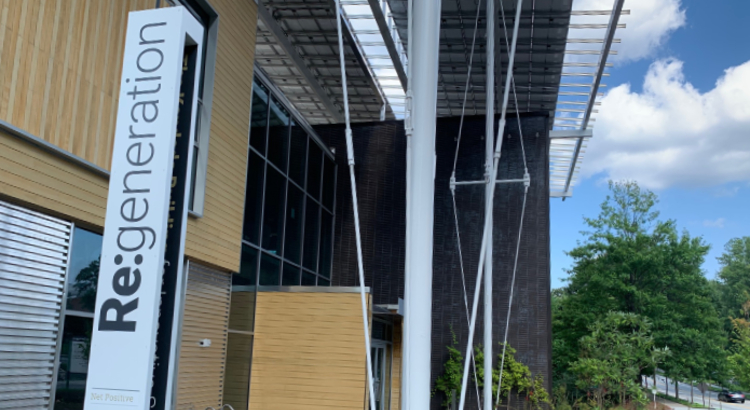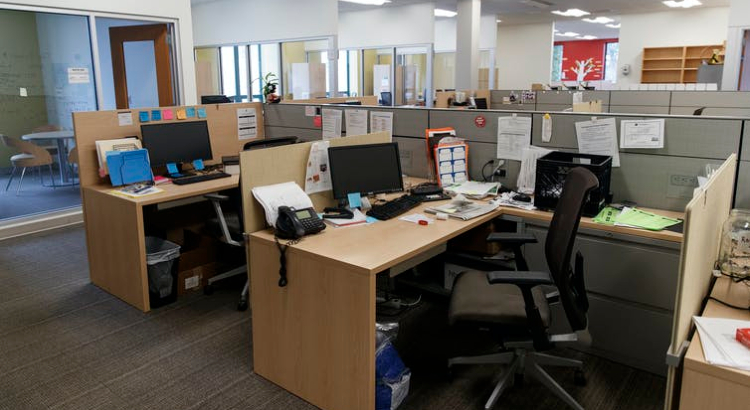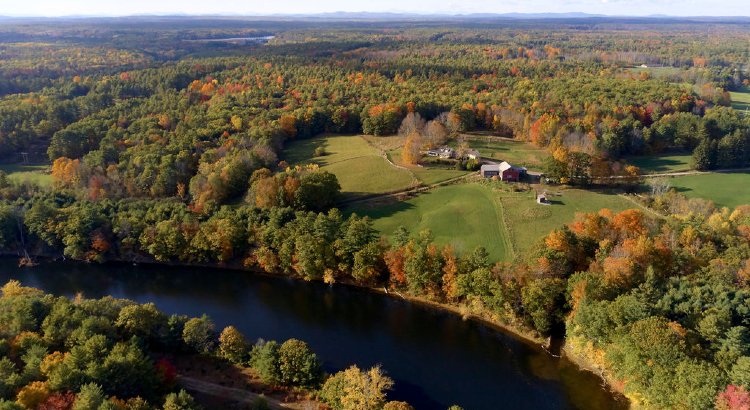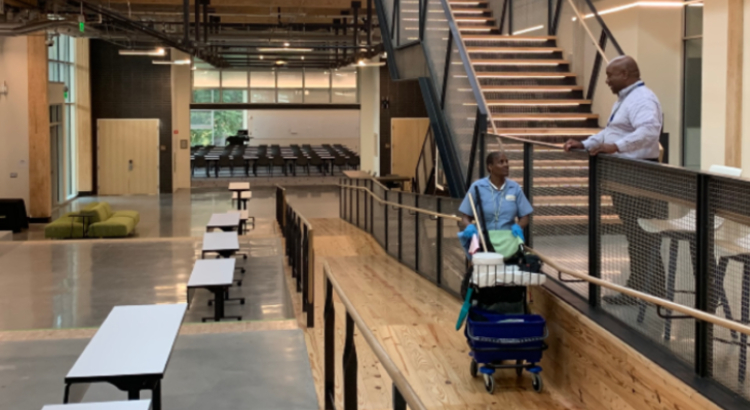The Kendeda Building steps toward certification
The Kendeda Building for Innovative Sustainable Design is fast approaching submission of the first batch of documents that required to provide as part of the Living Building Challenge certification process, says Building Direct Shan Arora.






